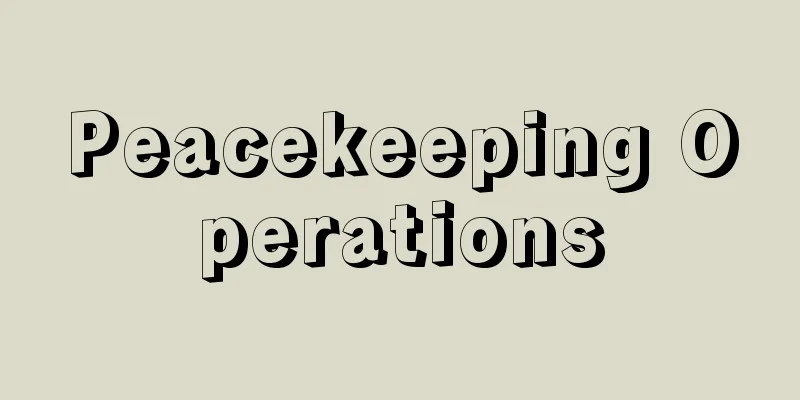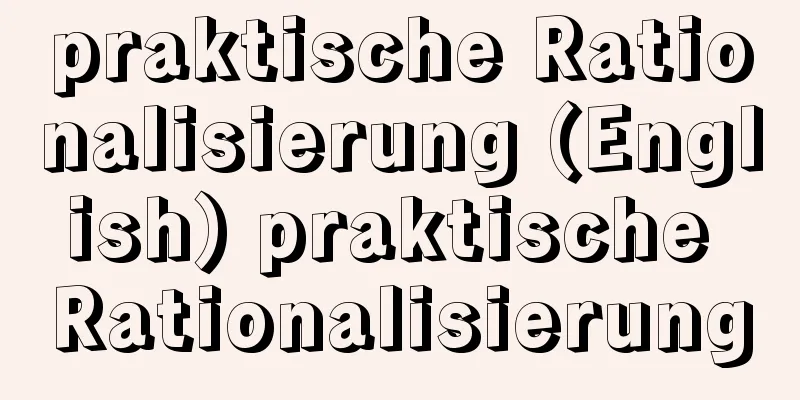Peacekeeping Operations

|
The UN organizes and dispatches personnel voluntarily provided by member states to prevent the escalation of conflicts, monitor the implementation of ceasefire agreements, or monitor elections. They are broadly divided into unarmed observer groups and lightly armed peacekeeping forces (PKFs). The latter are not intended to attack and subjugate an aggressor (enforcement action), but rather to intervene between the parties to a conflict with light arms. The presence of an international military force bearing the authority of the UN in a conflict area, known as the UN presence, is a measure to prevent the escalation of conflicts. It is essentially different from enforcement actions under the collective security system in that the provision of forces is not compulsory but is waited for voluntarily by member states (basically neutral small and medium-sized countries), deployment is based on the consent of the host country (consent principle), force is not used except for self-defense (self-defense principle), and actions that take sides with one of the parties to a conflict are refrained from (neutrality principle). It is also called a Chapter 6 and a half operation, in the sense that it is difficult to classify it as either a peaceful resolution of conflict under Chapter 6 of the Charter or an enforcement action under Chapter 7. In 1988, he was awarded the Nobel Peace Prize. The first unarmed ceasefire monitoring group was the United Nations Truce Supervision Organization in Palestine (UNTSO) in 1948, and the first armed peacekeeping force was the First United Nations Emergency Force (UNEF-I) in 1956. Since then, 61 such groups have been established, 16 of which are still active today. After the end of the Cold War, the number of deployments increased rapidly, with over 66,000 personnel from 84 countries dispatched at the peak, but it later decreased and then recovered, and is now over 72,000. As of June 2006, the death toll was over 2,272. More and more groups have combined functions such as peacekeeping forces, ceasefire monitoring groups, and election monitoring groups, such as the United Nations Transition Assistance Group in Namibia (UNTAG) from 1989 to 1990 and the United Nations Transitional Authority in Cambodia (UNTAC) from 1992 to 1993. The United Nations Observer Mission in Iraq and Kuwait (UNIKOM) also broke with convention in that it was based on Chapter VII of the Charter rather than a so-called "Chapter 6 1/2 operation," and UNIKOM and the United Nations Protection Force in the former Yugoslavia (UNPROFOR) were implemented without the full consent of the parties to the conflict. Furthermore, the strengthened United Nations Operation in Somalia II (UNOSOMII) and UNPROFOR were given broad authority to use force beyond the scope of self-defense, becoming so-called peace enforcement forces, and it was said that traditional peacekeeping operations had changed in nature. (Toshiki Mogami, Professor at International Christian University / 2007) Peacekeeping(Toshiyuki Taoka, military journalist / 2007) Source : "Chiezo" published by Asahi Shimbun Publications Co., Ltd. About Chiezo |
|
紛争の拡大防止や休戦協定履行監視、または選挙監視のため、加盟国が自発的に提供した要員を国連が編成し、派遣すること。非武装の監視団と軽武装の平和維持軍(PKF:Peace‐keeping Force)とに大別される。後者は侵略国等に攻撃を加え制圧すること(強制行動)が目的ではなく、軽武装で紛争当事者の間に割って入ることを主眼とする。国連の権威を背負う国際軍が紛争地域に存在すること、いわゆる国連プレゼンスによる紛争拡大防止策。兵力提供が強制でなく加盟国(原則的に中立的な中小国)の自発に待ち、派遣も受け入れ国の同意に基づく点(同意原則)、自衛のため以外は武力を行使しない点(自衛原則)、紛争当事者の一方に加担する行為は慎む点(中立原則)などで、集団安全保障体制下の強制行動とは本質的に異なる。憲章第6章に基づく紛争の平和的解決にも、第7章に基づく強制行動にも分類し難いという意味で、6章半活動とも呼ばれる。1988年、ノーベル平和賞受賞。非武装の停戦監視団としては、48年の国連パレスチナ休戦監視機構(UNTSO)、武装した平和維持軍としては56年の第1次国連緊急軍(UNEF・I)が最初の例。その後、通算61回設置され、うち16活動が現在も続行している。冷戦終結後、急に展開が増え、最盛期には84カ国から6万6000人を超える要員が派遣されたが、その後収縮したのち再び回復し、現在はまた7万2000人を超える。2006年6月までの死者数は2272人超。89〜90年の国連ナミビア独立移行支援グループ(UNTAG)や92〜93年の国連カンボジア暫定統治機構(UNTAC)のように、平和維持軍・停戦監視団・選挙監視団といった複合的機能を持つものが増えた。また国連イラク・クウェート監視団(UNIKOM)はいわゆる「6章半活動」ではなく憲章第7章に基づく点で、UNIKOMと旧ユーゴスラビアの国連保護軍(UNPROFOR)は紛争当事者の完全な受け入れ同意なしに実施された点で、それぞれ慣例を破った。さらに、増強された第2次国連ソマリア活動(UNOSOMII)及びUNPROFORは、自衛の範囲を超える広範な武力行使権限を与えられ、いわゆる平和執行部隊となり、従来の平和維持活動が変質したともいわれた。
(最上敏樹 国際基督教大学教授 / 2007年) 平和維持活動(田岡俊次 軍事ジャーナリスト / 2007年) 出典 (株)朝日新聞出版発行「知恵蔵」知恵蔵について 情報 |
>>: Peace - Heiwa (English) Heiwa Corporation
Recommend
performance review
... That is, first the word "merit rating,&q...
Kaizuka Gobo - Kaizuka Gobo
…The city faces Osaka Bay and stretches across th...
Nemeth (English spelling)
Born: April 18, 1901 in Nagybanya [Died] March 3, ...
Red gypsophila - Red gypsophila
...The flowers are white with five petals and ope...
Enea Silvio Piccolomini
1405‐64 The secular name of Pope Pius II (reigned ...
Shogo Shiratori
Born: February 27, 1890 in Tsuchidate, Miyagi [Die...
Hirata Atsutane
A scholar of Japanese classics in the late Edo pe...
CMA - Commercial Manufacturing Agency
Competition and Markets Authority : Abbreviation f...
Usubetsu [Hot Spring] - Usubetsu
...Rice, asparagus, and strawberries are produced...
Jawlensky, Alexei von
Born March 13, 1864 in Torzug near Tverai [Died] M...
Skin beetle
...It was named after the damage it causes by fee...
Macroscopic
Originally a word used to describe objects or matt...
Satsuma Song
Ningyo joruri. Sewamono. 3 volumes. Kakugaki (Japa...
Kwantung Army
One of the Japanese colonial standing armies, an ...
Shanhaijing - Sengaikyo
An ancient Chinese geography book. 18 volumes. It...









